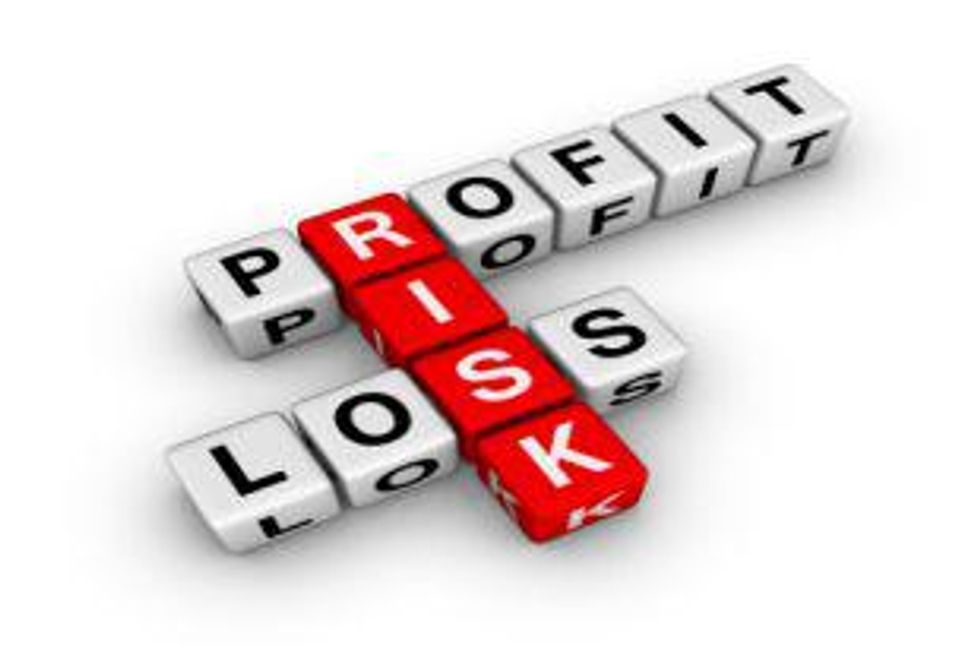- AustraliaNorth AmericaWorld
Investing News NetworkYour trusted source for investing success
- Lithium Outlook
- Oil and Gas Outlook
- Gold Outlook Report
- Uranium Outlook
- Rare Earths Outlook
- All Outlook Reports
- Top Generative AI Stocks
- Top EV Stocks
- Biggest AI Companies
- Biggest Blockchain Stocks
- Biggest Cryptocurrency-mining Stocks
- Biggest Cybersecurity Companies
- Biggest Robotics Companies
- Biggest Social Media Companies
- Biggest Technology ETFs
- Artificial Intellgience ETFs
- Robotics ETFs
- Canadian Cryptocurrency ETFs
- Artificial Intelligence Outlook
- EV Outlook
- Cleantech Outlook
- Crypto Outlook
- Tech Outlook
- All Market Outlook Reports
- Cannabis Weekly Round-Up
- Top Alzheimer's Treatment Stocks
- Top Biotech Stocks
- Top Plant-based Food Stocks
- Biggest Cannabis Stocks
- Biggest Pharma Stocks
- Longevity Stocks to Watch
- Psychedelics Stocks to Watch
- Top Cobalt Stocks
- Small Biotech ETFs to Watch
- Top Life Science ETFs
- Biggest Pharmaceutical ETFs
- Life Science Outlook
- Biotech Outlook
- Cannabis Outlook
- Pharma Outlook
- Psychedelics Outlook
- All Market Outlook Reports
Nickel is projected to be in a surplus over the next year and a half, as weak stainless steel demand has caused cuts in production. There are supporting factors as the market heads for its bottom.
By Michael Montgomery—Exclusive to Nickel Investing News
The factors attributed to the falling price of nickel continue to grow. The price of nickel on the LME in February was over $29,000 per tonne, as of today the price for cash buyer has fallen down to $21,945 per tonne, down over $2400 in the last month. The fall in price is being attributed to weak demand due to seasonal factors and substitutes, as well as a forecasted surplus of the metal. The projected surplus has caused stainless steel producers to hold on purchases to avoid paying for higher priced stock. However, as the price heads towards the average cost of production, mining firms may cut output, bringing the market back into balance.Factors Behind Weakening Prices
The nickel market, which experienced a deficit at the start of the year, is expected to go into a surplus by the end of 2011. According to an article from Bloomberg, Bank of America Merrill Lynch has forecasted 12,000 tonne surplus is expected in 2011, while next year’s surplus will rise to 60,000 metric tonnes. The projected surplus would be the largest in 4 years.
This prediction is also being supported by Ian Henderson, manager of natural-resource assets for JPMorgan Chase, “I’m not particularly optimistic about nickel. I don’t think there is a commercial logic for the price where it is today. A nickel price of $15,000 is entirely possible.”
The summer season is usually slow for stainless steel producers. Adding to the seasonal slump in consumption, stainless steel producers are waiting for nickel prices to go lower before restocking.
Demand for stainless steel in Europe is so weak that Acerinox, the world’s largest stainless steel producer has cut their production capacity in Europe to “70 percent, but we are cutting it to about 65 percent,” stated Juan Garcia, a spokesman for Acerinox. The situation is much the same in China, as stainless producers have cut output due to weak stainless steel demand and seasonal factory shutdowns.
Reduced stainless steel production combined with the surplus of nickel make up the main factors putting downward pressure on the metal.
Support Going Forward
Chinese stainless steel demand is set to grow at a rate of 5-7 percent per year over the next five to ten years, according to Chinese giant Baosteel. With the rise in demand, nickel consumption has been hurt in China by the use of nickel-pig-iron (NPI) as a substitute for refined nickel. This year the use of NPI “may surge 50 percent this year to 240,000 tons from 160,000 tons in 2010,” stated Xu Aidong, a senior analyst at Beijing Antaike Information Development. The lower quality alternative is being sought as the production costs rise due to high energy and higher nickel prices squeezed the profit margins of stainless steel producers.
However, as the price falls it may entice those in the market to restock their supply of refined nickel. As prices fell investors looked to profit from the cheap nickel. “Some investors and merchants may stock up nickel if prices drop to about 150,000 yuan,(Approx $23,137 per tonne)” said a trader at a large Chinese trading and investment firm in Shanghai. The price on the LME is already below that level, an continues to fall.
The low price forcast of $15,000 per tonne may force some nickel miners to cut production in the next two years. According to Michael Widmer, head of metals markets research for BofA Merrill Lynch, the average cost of production is $17,500 to $20,000 per tonne. “You would need 10 percent less supply next year for the nickel market to look in a much better state, to be even balanced.” If the price drops much lower, the result could be mining companies cutting production, just as stainless steel manufacturers already have.
The factors are stacked against the price of nickel going forward. Weak demand for stainless steel, a looming surplus of the metal, and a slowing economic recovery do not bode well. The bottom of the market may still be ahead.
Latest News
Investing News Network websites or approved third-party tools use cookies. Please refer to the cookie policy for collected data, privacy and GDPR compliance. By continuing to browse the site, you agree to our use of cookies.
